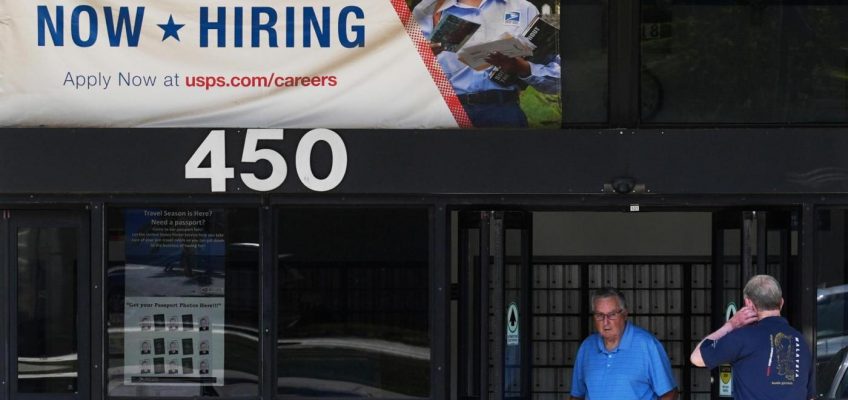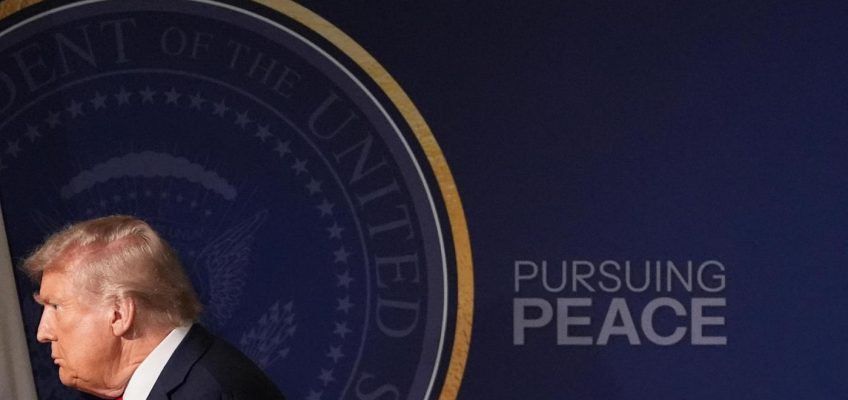By Sarah Kuta, TravelPulse
It was a cool, clear night as the National Geographic Endurance sailed out of Storefjord, one of the many jaw-droppingly beautiful fjords along the eastern coast of Greenland.
A prolonged US government shutdown could impact your travel plans
Travelers bothered by their flight’s pollution can pay to reduce it elsewhere. Do offsets work?
So much more than Pappy and Harriet’s, Pioneertown is having a renaissance
Celebrity chef’s restaurant-focused luxury hotel, spa opens in California
Cruising during hurricane season? Here’s what I wish I knew
We were just a few days into National Geographic-Lindblad Expeditions’ “Iceland’s Wild West Coast to East Greenland” voyage but, already, I was eager to leave my stateroom behind. While other guests were getting cozy in their beds after the day’s adventures, I headed up to the ship’s top deck—with a small overnight bag in tow. I was going to spend the night in an igloo.
Built in 2021, the National Geographic Endurance has many of the amenities and spaces you’d expect to find on a modern, purpose-built expedition ship—a cozy library, an X-shaped bow that can easily slice through sea ice, a garage full of flat-bottomed Zodiaks and inflatable kayaks for exploring. But the vessel (along with sister ship National Geographic Resolution) also has an unexpected feature: a pair of geodesic glass igloos that guests can reserve for a unique overnight stay during their sailing.
I’d heard and read plenty about the igloos in the months leading up to my trip. So, when I had the opportunity to spend the night in one, I gleefully jumped at the chance. Here’s what it was like to sleep in an igloo on an expedition cruise in the Arctic.
National Geographic Endurance Igloos: History and Details
But first, a little history. The igloo on National Geographic Endurance and National Geographic Resolution are the brainchild of Sven-Olof Lindblad, the founder and co-chairman of the board for Lindblad Expeditions.
Lindblad has “always been fascinated by igloos,” he explained in a post on Instagram. The fact that people figured out how to build structures from blocks of ice, he added, is “amazing.” When he heard about igloos made of clear materials being used for Northern Lights viewing in Finland, he was even more intrigued. He decided to add a couple to each of the line’s new polar ships.
National Geographic Endurance cruise. (National Geographic-Lindblad Expeditions/TNS)
The igloos are located on the back corners of the ship near the two infinity-style hot tubs. Roughly a third of each structure is cantilevered over the edge of the ship, which adds a bit of dramatic flair.
They are made up of a series of interconnected, triangle-shaped windows. Those that face outward are transparent, while those that face inward—toward the areas accessible to other guests—have frosted panes for privacy. A sign on the door instructs other guests not to enter whenever the igloos are in use.
These novel, glamping-style accommodations—which can each comfortably accommodate up to two guests at a time—are available at no extra cost to travelers booked on one of National Geographic-Lindblad Expeditions’ cruises. You can’t reserve them in advance, however, only once you’re actually onboard the ship. They’re available for one night of your voyage on a first-come, first-served basis, but guests staying in suites get priority booking.
As soon as I stepped foot on the ship in Reykjavík, I headed straight to reception to reserve my igloo stay. A few days later, I found a letter in my stateroom inviting me to meet the receptionist, Marija, on Deck 8 near the spa for a quick rundown.
National Geographic Endurance cruise. (National Geographic-Lindblad Expeditions/TNS)
When we met at the appointed time, Marija confirmed I’d be staying in the igloo on the ship’s starboard side. She showed me around the small but comfortable space, pointing out the thick sleeping mask I’d need to wear if I wanted to get any sleep (the sun doesn’t really set this far above the Arctic Circle in August) and the hot water bottle I could use to stay warm in the unheated, uninsulated space.
There was also a bath robe and a fleece-lined cape I could throw on if I needed to use the bathroom in the middle of the night (located several steps away inside the spa), a pair of slippers, a water bottle and some tissues. She also showed me how to change the color of the lights, which only further enhanced the already Instagrammable vibes.
Sleeping in an Igloo Above the Arctic Circle
The igloo was mine from after dinner that night until breakfast the next morning. Marija even arranged to have a cup of coffee sent up bright and early, which was a thoughtful touch.
So, after enjoying yet another of executive chef Sara Henstam’s delicious meals, I headed to my cabin to get ready for bed—sort of. I brushed my teeth, swapped my contact lenses for glasses and packed a small overnight bag with a few essentials.
When I arrived at my igloo, I changed into my pajamas and snuggled beneath the crisp, white duvet atop the queen-sized bed. I kept my eyes open as long as I could, gazing at the rugged fjord scenery outside the windows. But, eventually, I donned my eye mask and drifted off to sleep. Even with outside temperatures in the high 30s Fahrenheit, the igloo was plenty warm—at one point, I even ditched the hot water bottle.
In the morning, as promised, a waiter knocked on the door and delivered a steaming mug. It was around 6 a.m.—still about an hour before breakfast in the ship’s main restaurant, Two Seven Zero—so I decided to take advantage of the igloo’s prime location. I changed into my swimsuit, donned my robe and stepped outside to enjoy a quiet moment of solitude in one of the hot tubs, watching the northern fulmars that soared behind the ship wherever it went. Afterward, I tip-toed to the spa and spent a few more blissful minutes in the sauna.
A Bucket List-Worthy Experience
Eventually, my magical time in the igloo came to an end. I headed back to my stateroom and freshened up for the day’s adventures—a long hike on Clavering Island. At breakfast, my fellow guests were eager to hear all the details about my night, curious as to whether they should try to reserve one of the igloos themselves.
I endorsed the stay wholeheartedly. Like diving into the freezing waters of the North Atlantic during the polar plunge or kayaking among crackling, bright blue icebergs, it’s a bucket list experience on a bucket list trip. After all, when else would they ever have the chance to sleep under the stars while sailing among polar bears and narwhals at the top of the world?
©2025 Northstar Travel Media, LLC. Visit at travelpulse.com. Distributed by Tribune Content Agency, LLC.




